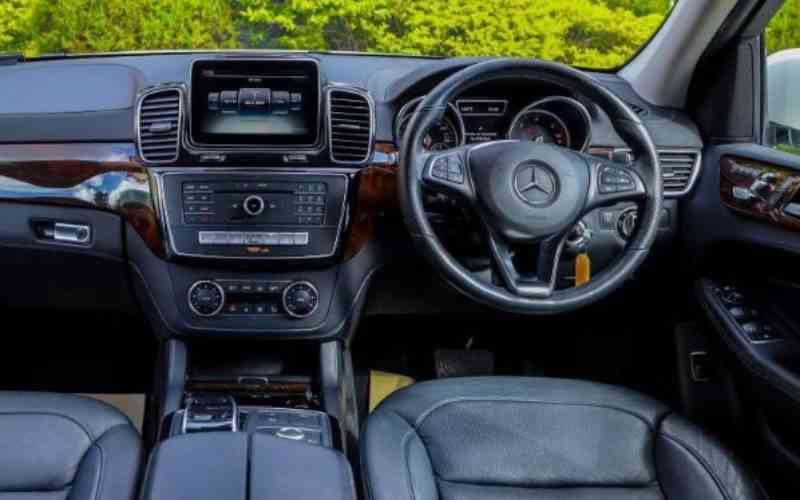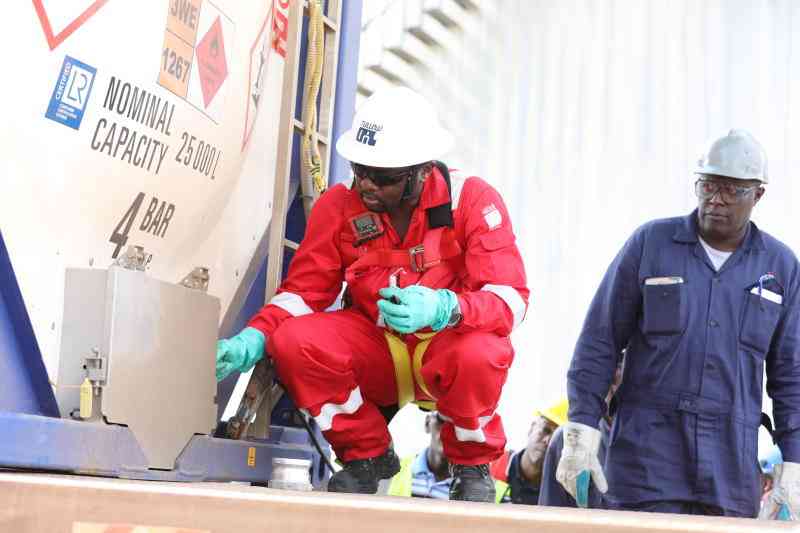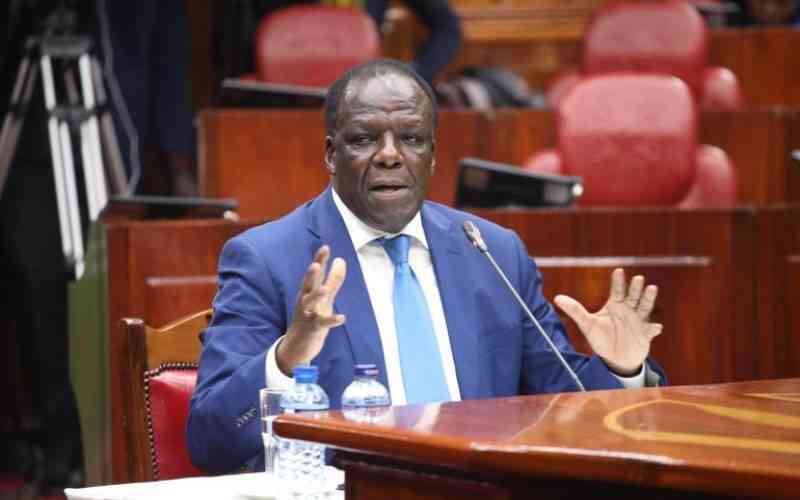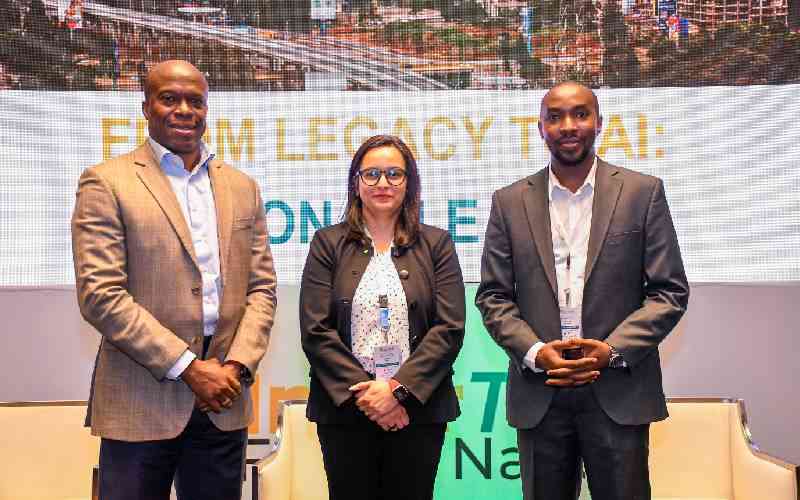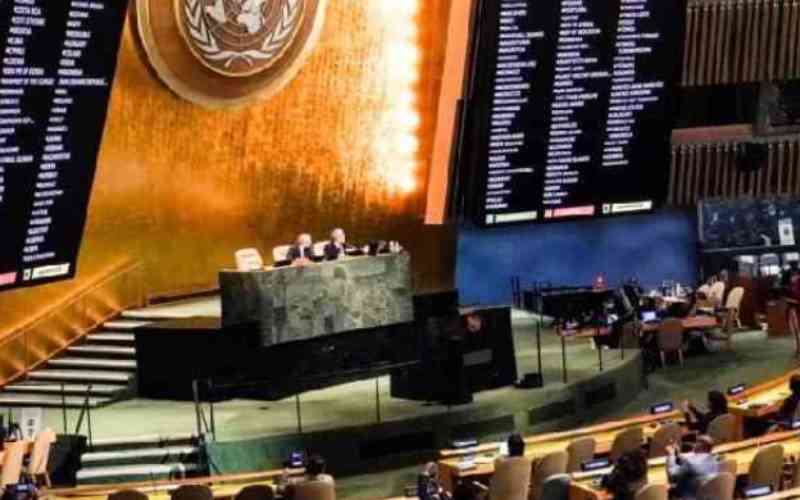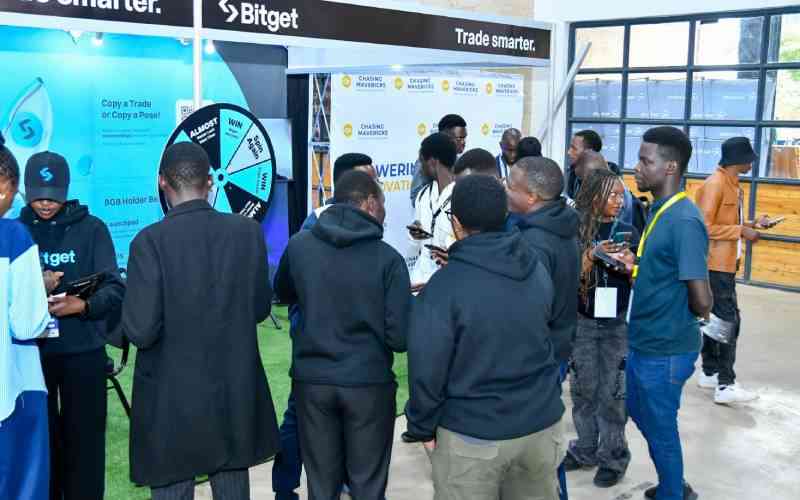
At the heart of our cities, where skyscrapers are rising as fast as the population, urbanisation is rewriting the rhythm of daily life.
However, amid this rapid growth, one truth stands out: there is an urgent need for sustainable transformation, one that balances development with environmental stewardship, social equity, and economic resilience.
In Kenya, urbanisation is steadily progressing. According to the Kenya National Bureau of Statistics (KNBS), Kenya’s urban population stands at 31.2 per cent, with 60 per cent of the general population residing in informal settlements.
This shift reflects a significant transformation in the population distribution, altering Kenya’s approach to development and sustainable growth.
The 2024 Architectural Association of Kenya Status of the Built Environment Report highlights that today, 55 per cent of the world’s population resides in urban areas, a figure projected to increase to 68 per cent by 2050, with nearly 90 per cent of this growth occurring in Asia and Africa.
The predictions further highlight a global shift from rural to urban living, driven by opportunities in economic advancement, education, and access to services.
Africa is expected to be hardest hit by the adverse impacts of climate change if significant investments in mitigation and adaptation, as well as other relevant measures, remain insufficient.
Climate change has magnified these vulnerabilities as flooding, droughts, and heatwaves threaten homes, infrastructure, and livelihoods.
The question is no longer whether we must change course, but how quickly and effectively we can do so.
The building sector’s sheer importance in terms of the contributions to climate change cannot be overstated, given that it is estimated to be responsible for around 21 per cent of all global greenhouse gas (GHG) emissions.
The 2024 Global Status Report for Buildings and Construction notes that the building sector uses 40 per cent of all energy produced, 12-16 per cent of the accessible water, 32 per cent of non-renewable and renewable resources, 25 per cent of all wood, and 40 per cent of all raw resources.
It is such startling revelations that Kenya has found itself at a decisive moment, where the infrastructure we build today will determine whether our urban future is inclusive, livable, and climate resilient.
One of the most promising tools for aligning growth with sustainability is the green mortgage.
These innovative financing products encourage the construction and purchase of homes that meet high environmental performance standards.
Energy-efficient buildings, equipped with solar panels, rainwater harvesting systems, and advanced insulation, not only reduce environmental impact but also cut household utility bills by as much as 30 per cent.
Stay informed. Subscribe to our newsletter
Climate-resilient design ensures that homes are built to withstand extreme weather, protecting both lives and property. Equally important, inclusive green mortgage programs open doors for women, youth, and low-income earners to access dignified, affordable, and future-ready housing.
This way, the mortgage market can become a powerful driver of social inclusion and environmental responsibility.
A 2021 Global Buyer Survey by Knight Frank indicates that first-time buyers and homeowners are gravitating towards top-quality homes, with amenities such as access to green space and reliable high-speed digital connectivity topping considerations.
Additionally, the majority of Africans are willing to pay more for a greener home, an indication that ESG considerations are taking precedence over other preferences for African home buyers.
However, a big challenge that arises is the ability to finance such expensive ventures, especially in developing markets such as Kenya.
For example, the country requires an estimated $62 billion (Sh7.998 trillion) by 2030 to meet its climate targets, but only 13 per cent of this is expected from domestic sources, which means that the country will still need significant support to meet its climate targets.
This calls for an urgent need to combine local lending capacity with access to international climate funds, to bridge the gap between ambition and delivery, with the success of such initiatives depending on the broader availability of climate finance.
- Caroline Wanjeri is the Director, Mortgage Business at KCB Bank, while Nasra Nanda is CEO, Kenya Green Building Society


